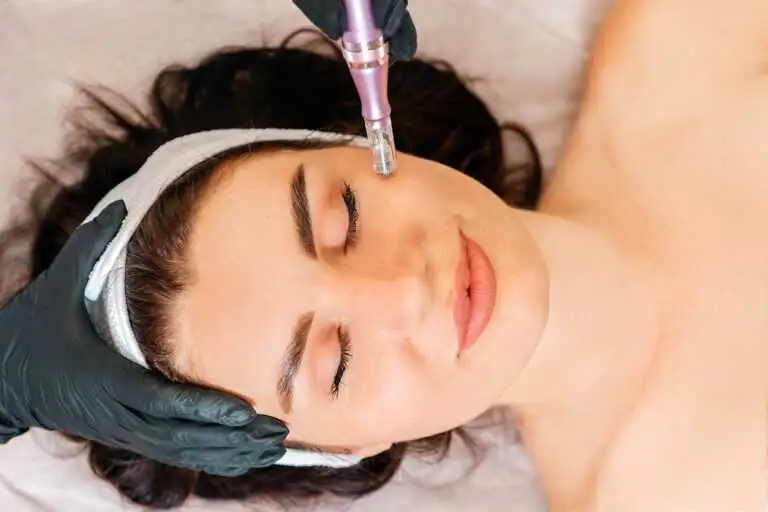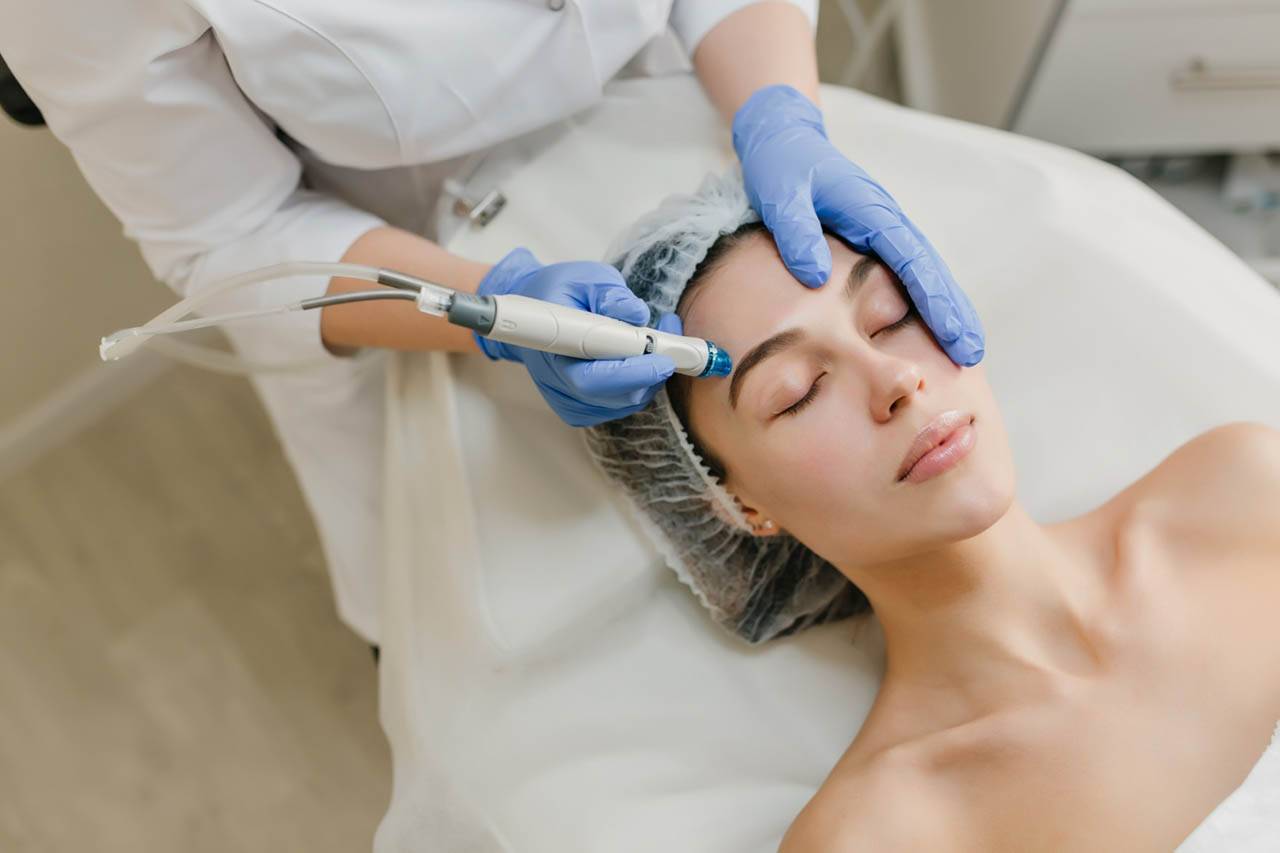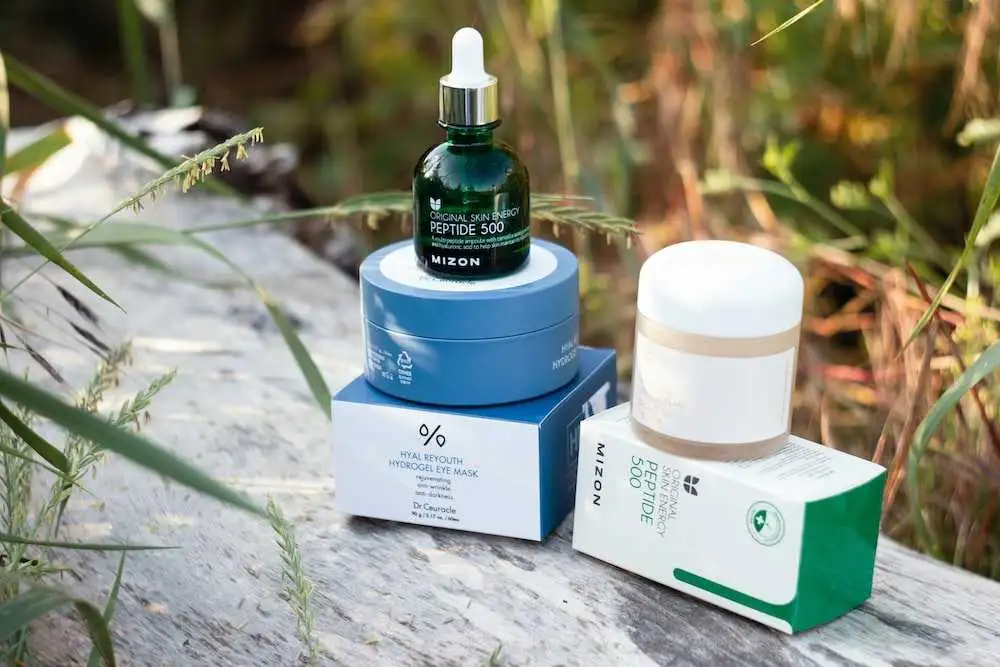
The Ultimate Guide to Microneedling Everything You Need to Get Started Anywhere
Microneedling is a minimally invasive cosmetic procedure that can help treat various skin concerns like
Featured Products
Chargers
Featured Products

Microneedling: The Ultimate Guide to Collagen Induction Therapy
Collagen Induction Therapy (CIT), also known as microneedling, is an innovative skincare treatment that focuses on improving the appearance of fine lines, wrinkles, scars, and other skin concerns. In this comprehensive guide, you’ll learn everything there is to know about microneedling and its relationship with Collagen Induction Therapy. We’ll discuss the benefits of CIT, its limitations, and how using a Dr. Pen microneedling device can help you achieve optimal skin health.
Table of Contents
1. Introduction to Collagen Induction Therapy
Collagen is a vital protein found in the body, responsible for providing structure and support to the skin, hair, nails, and connective tissues. As we age, our bodies produce less collagen, leading to the formation of fine lines, wrinkles, and sagging skin. Collagen Induction Therapy (CIT) is a minimally invasive procedure that stimulates the body’s natural collagen production to combat these undesirable skin conditions.
Microneedling, the primary method of CIT, involves using a device with tiny, sterile needles to create microscopic punctures in the skin. These punctures trigger the body’s natural wound-healing response, leading to increased collagen and elastin production. This results in smoother, firmer, and more youthful-looking skin.
2. The Science Behind Microneedling
Microneedling works by creating micro-injuries in the skin, which stimulate the body’s natural wound-healing process. This process occurs in three phases:
Phase 1: Inflammation
Once the skin is punctured, the immune system responds by disinfecting the micro-wounds, removing debris, and increasing blood flow to the area. This initiates the creation of new tissue.
Phase 2: Proliferation
In this phase, the body rebuilds the wound with new granulation cells, which are part of the extracellular matrix. A new network of blood vessels also develops, further promoting healing and collagen production.
Phase 3: Remodeling
Finally, the micro-wounds are replaced with new dermal tissues and blood vessels. The production of collagen and elastin fibers continues, leading to stronger, more resilient skin.
3. Benefits of Collagen Induction Therapy
Microneedling and Collagen Induction Therapy offer a range of benefits for skin health, including:
4. The Dr. Pen Microneedling Device
Dr. Pen is a leading brand of microneedling devices designed to provide safe, effective, and professional-quality CIT treatments. Dr. Pen microneedling devices are equipped with adjustable needle lengths and disposable needle cartridges, ensuring a customizable and hygienic treatment experience.
When you choose a Dr. Pen microneedling device for your CIT treatments, you can expect:
5. What to Expect During a Microneedling Session
During a microneedling session, a topical anesthetic is usually applied to the treatment area to minimize any discomfort. The Dr. Pen device is then gently moved across the skin, creating micro-punctures in a controlled and precise manner.
The depth of needle penetration will vary depending on the specific skin concern being treated. For example, shallow needle depths of approximately 0.5mm are commonly used for improving skin texture, while deeper needle penetrations of around 1.5mm to 2mm can be employed for treating acne scars and wrinkles.
A typical microneedling session lasts between 30 minutes to an hour, depending on the treatment area and the depth of needle penetration required.
6. Post-Treatment Care and Recovery
After a microneedling session, the skin may be red and slightly swollen, similar to a mild sunburn. This is a normal part of the healing process and typically subsides within a few days. It is important to keep the treated area clean and hydrated while the skin heals.
Post-treatment care tips include:
Makeup can usually be worn 24 hours after the treatment, but it is important to consult with your skincare professional for personalized recommendations.
7. Suitable Candidates for Microneedling
Microneedling is a versatile treatment that is suitable for most skin types and concerns, including:
However, certain individuals may not be suitable candidates for microneedling, such as those:
Always consult with a qualified skincare professional to determine if microneedling is the right treatment for your unique skin concerns and goals.
8. Combining Microneedling with Other Treatments
Microneedling can be combined with other skincare treatments to enhance results and address a wider range of skin concerns. Some popular treatment combinations include:
It is important to consult with your skincare professional to determine the best combination of treatments for your specific needs.
9. Safety and Effectiveness of Collagen Induction Therapy
When performed by a qualified professional using a sterile, FDA-approved microneedling device like Dr. Pen, Collagen Induction Therapy is considered a safe and effective treatment for a variety of skin concerns. The adjustable needle length and disposable needle cartridges of Dr. Pen devices ensure a customized and hygienic treatment experience, minimizing the risk of infection or complications.
Collagen Induction Therapy, or microneedling, is a powerful skincare treatment with numerous benefits for skin health and appearance. By stimulating the body’s natural collagen production, microneedling helps to improve skin texture, reduce fine lines and wrinkles, minimize scarring, and promote a more youthful, radiant complexion.
With the Dr. Pen microneedling device, you can achieve professional-quality CIT treatments in the comfort of your own home or at a professional clinic. Consult with a qualified skincare professional to determine if microneedling is the right treatment for your unique skin concerns and goals.

Microneedling is a minimally invasive cosmetic procedure that can help treat various skin concerns like

Microneedling serumsMicroneedling has become an immensely popular minimally invasive beauty treatment for enhancing the skin.

Microneedling has become an increasingly popular skincare treatment due to its ability to reduce signs
© Copyright 2023 Dr. Pen Inc. | All rights reserved